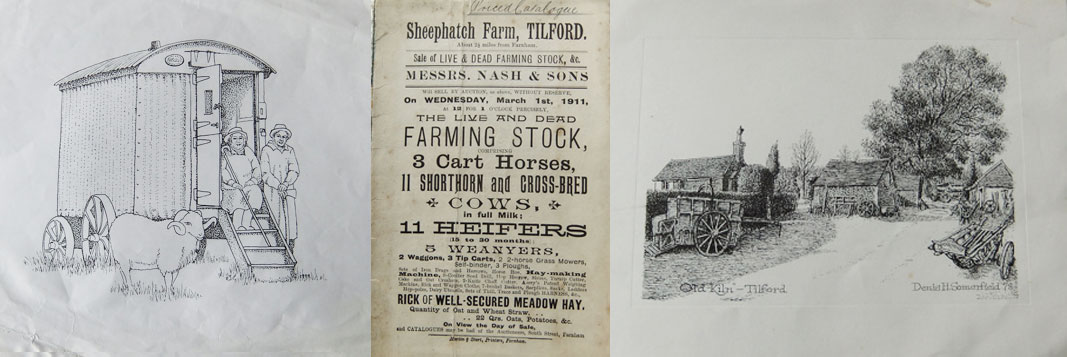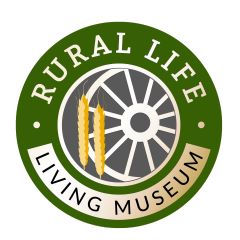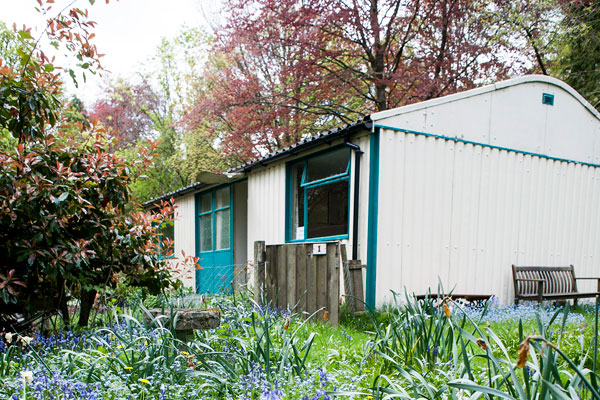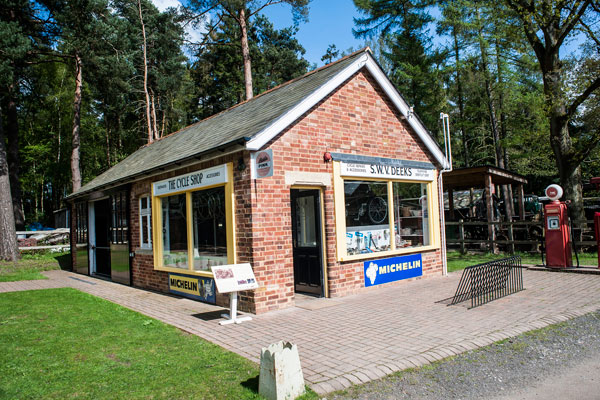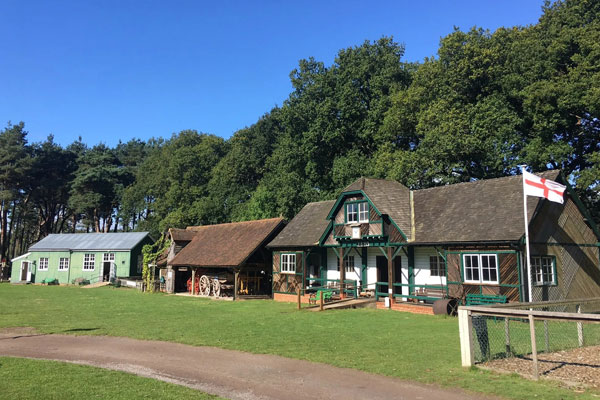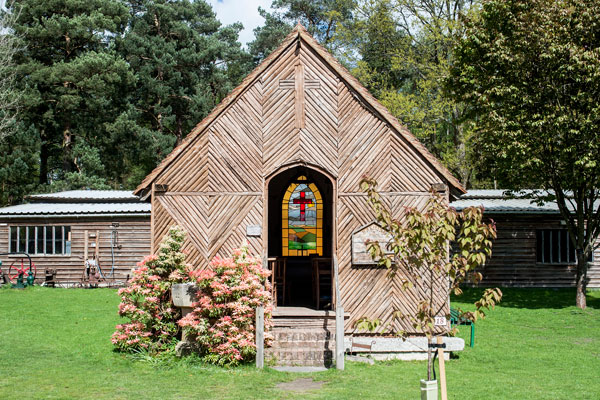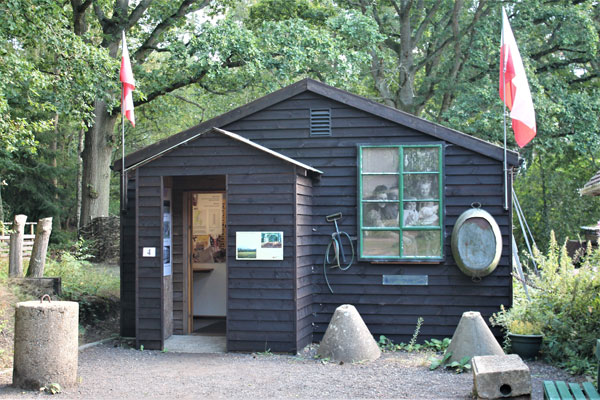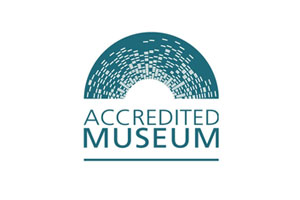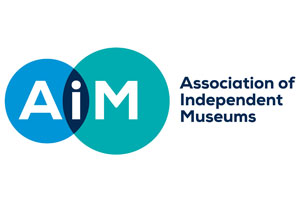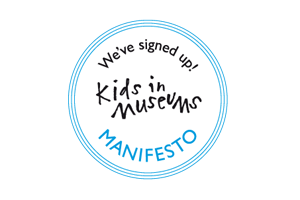Collection Highlights
Arcon MK V Prefab
Frimley Green Cycle Workshop
Pavilion
Schoolroom
Eashing Chapel
In 1857, a group of Eashing residents became alienated with the Congregational Church so they built a prefabricated church on land belonging to the owner of the Eashing paper mill. Services were held in the Church until 1870 when Eashing Chapel became reunited with the Congregational Church. The Chapel was relocated to the other side of the river in approximately 1950 by ‘rolling it across Eashing Bridge’, or so the story goes, where it had a varied history with references being found to it being used as a library, a timber store and even a chicken coop.
Tweedsmuir
Artefacts
